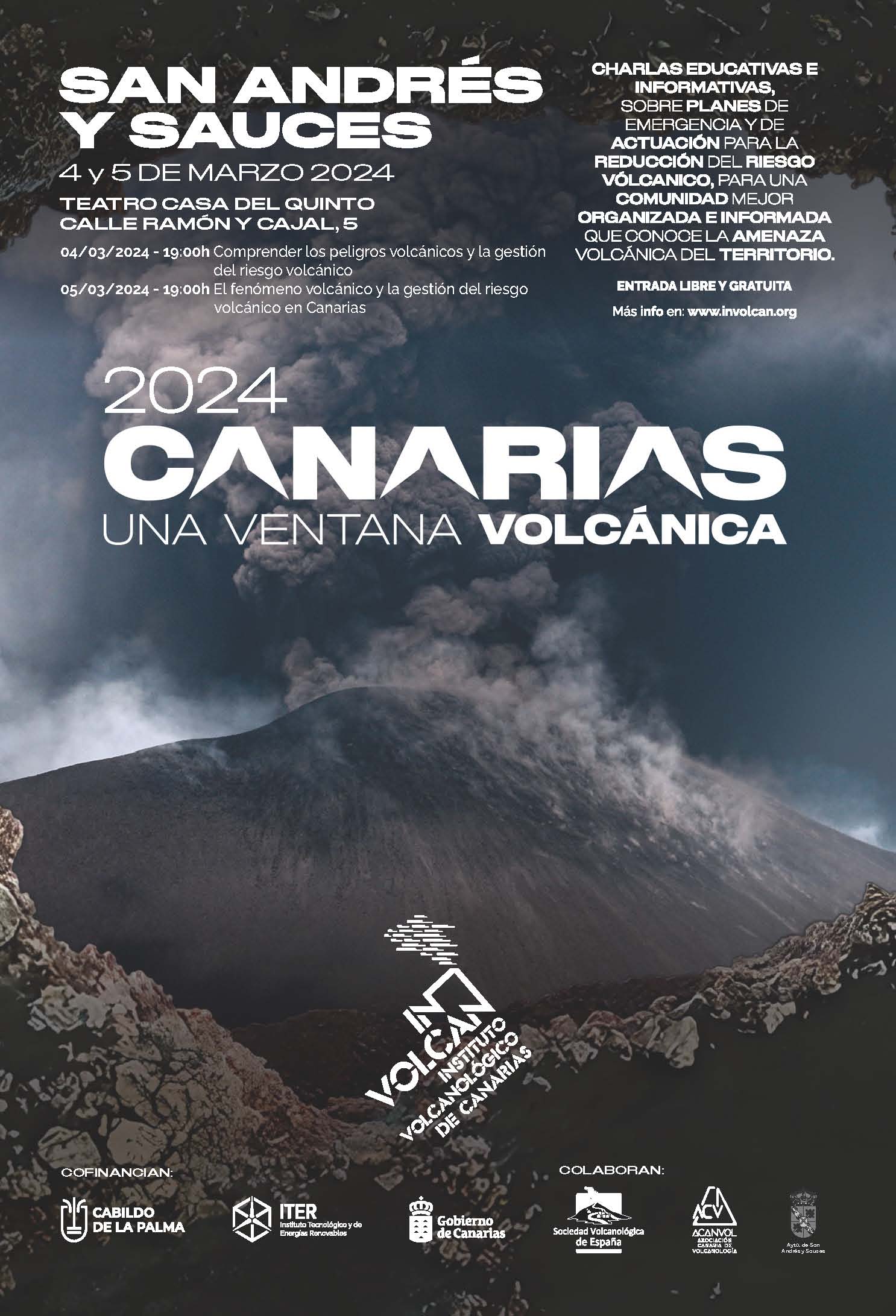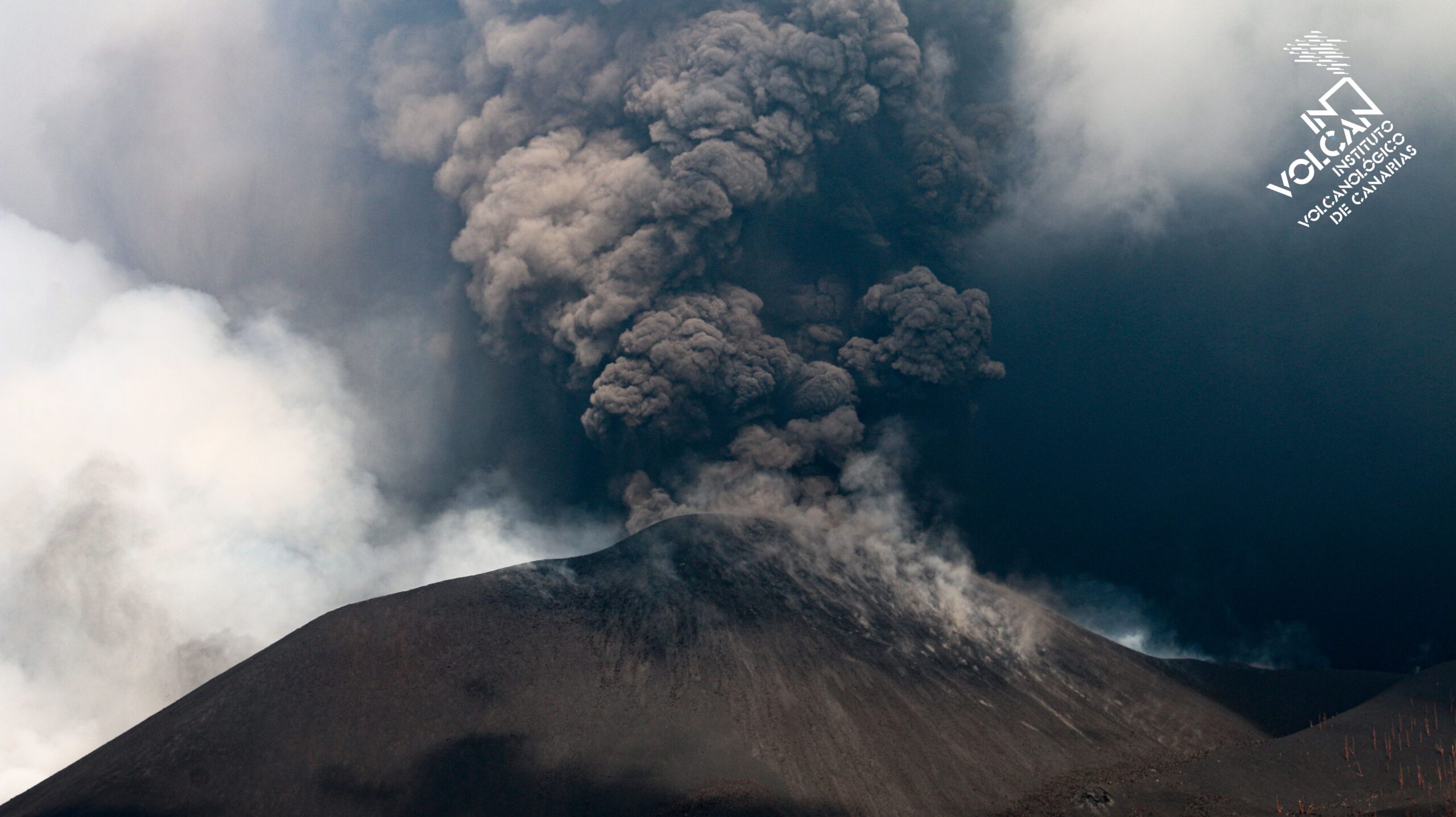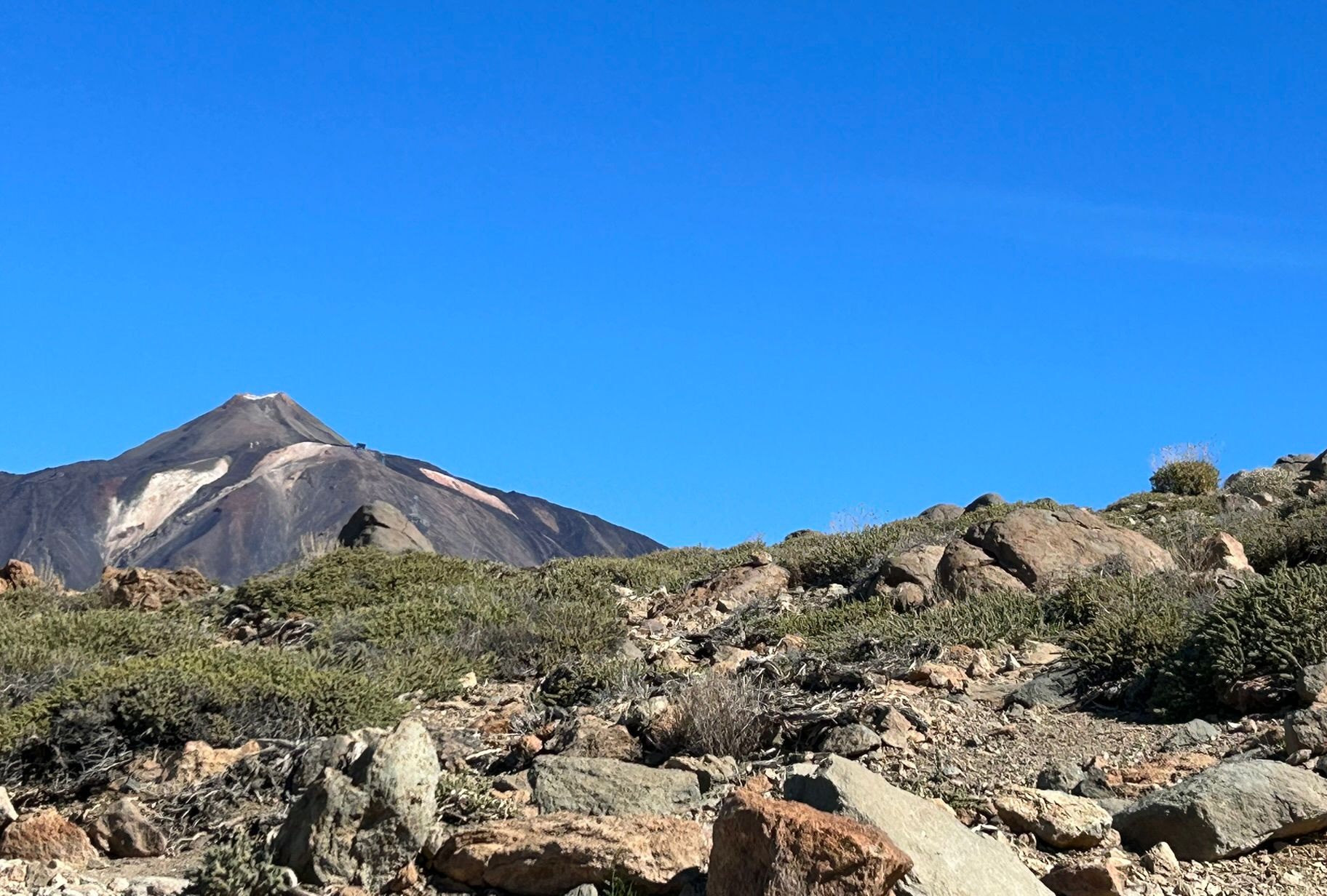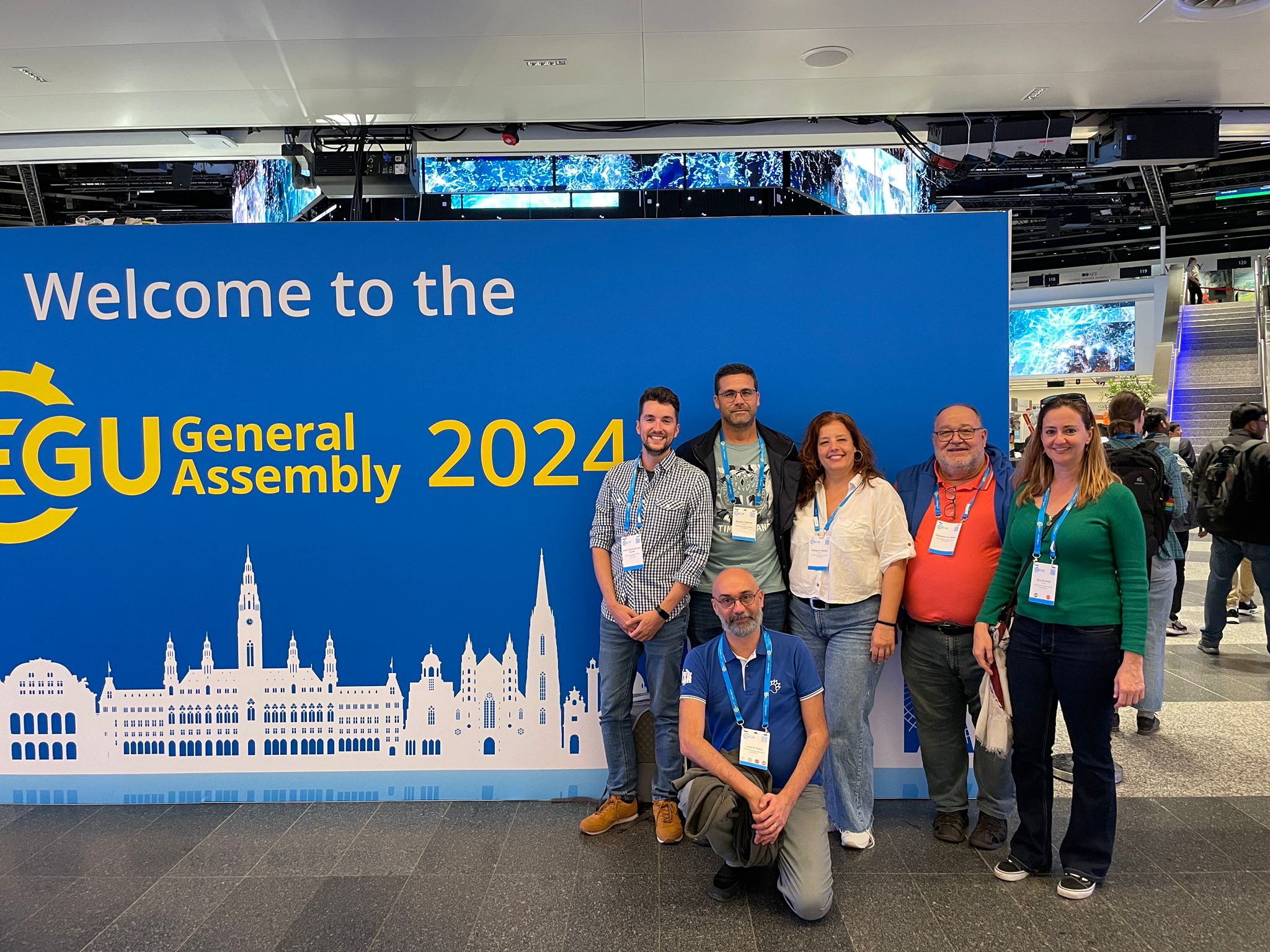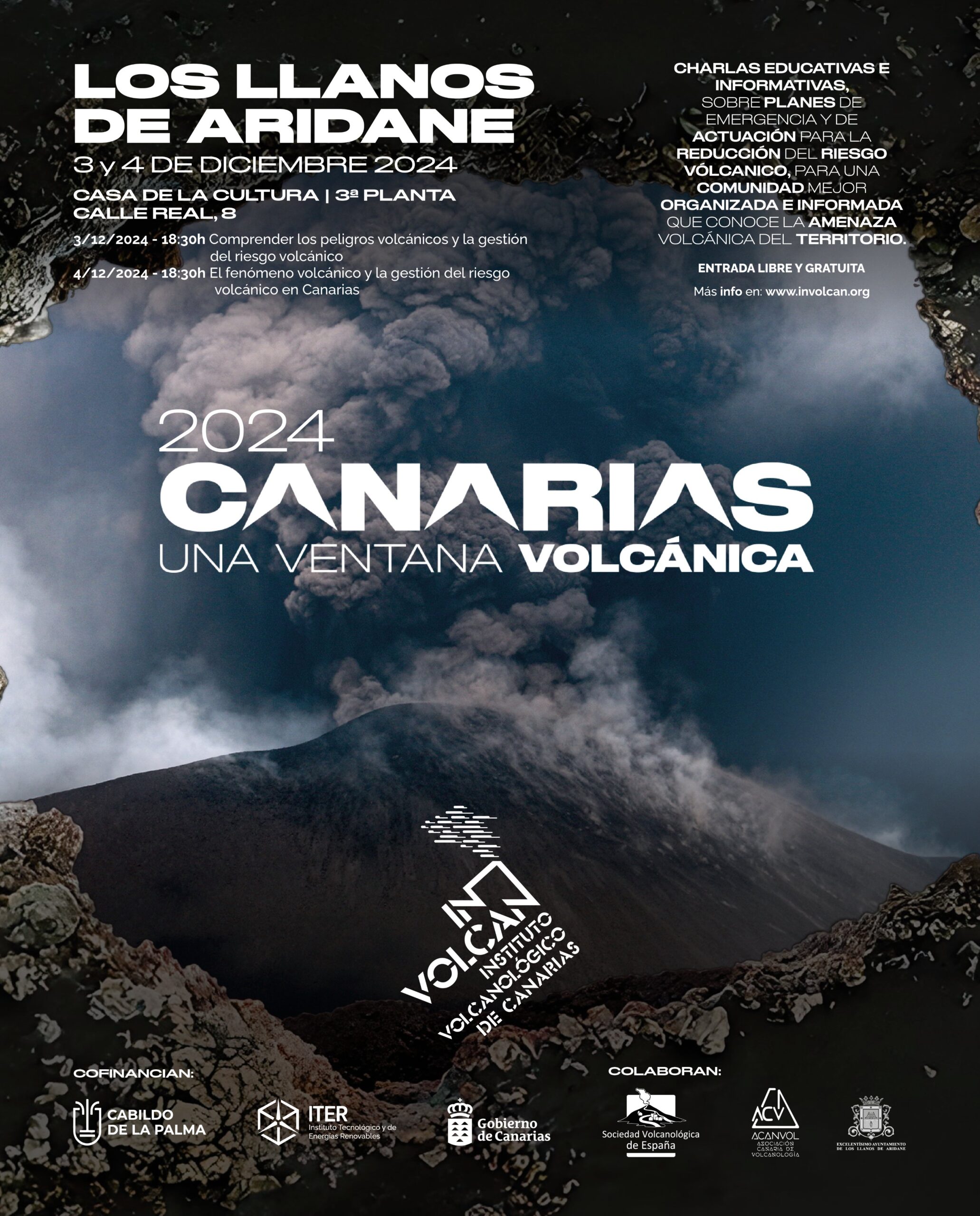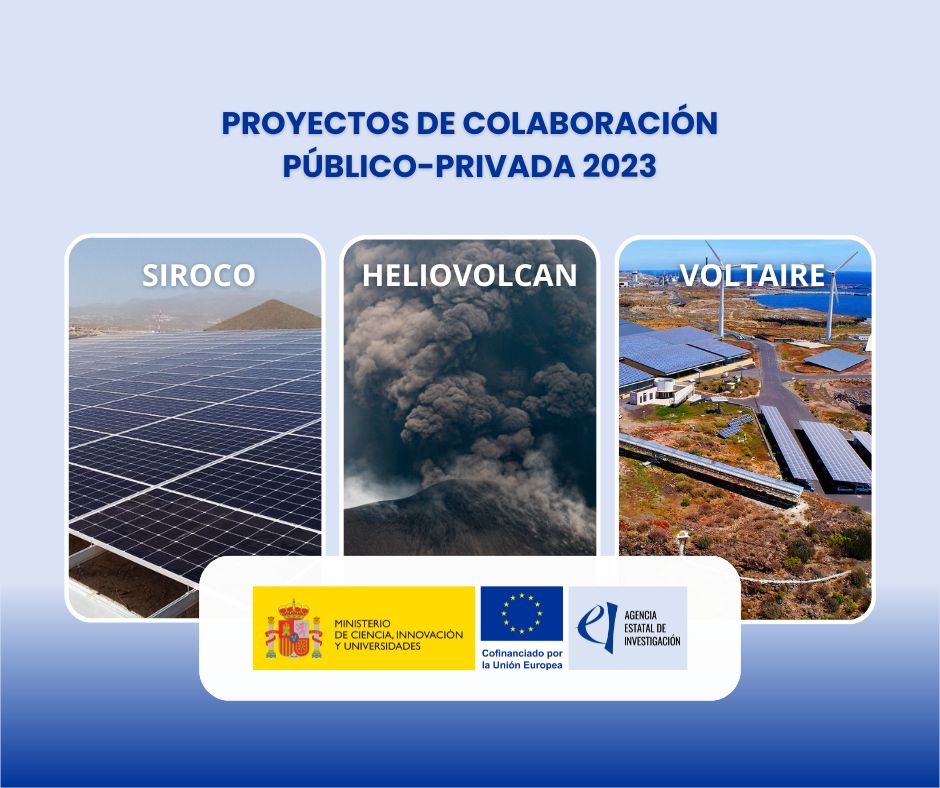The educational program of the Volcanological Institute of the Canary Islands (Involcan), in collaboration with ITER, aims to inform and educate the public about the different hazards associated with volcanic phenomena.
The educational program “Canary Islands: a volcanic window in the Atlantic” in its 2024 edition continues to bring volcanoes and volcanic risk management to Canarian society.
This program, promoted by the Volcanological Institute of the Canary Islands (Involcan), in collaboration with ITER, will be present next week in the municipalities of San Cristóbal de la Laguna in Tenerife and San Andrés y Sauces in La Palma.
In La Laguna, it will take place on Tuesday, March 5, and Wednesday, March 6, starting at 6:00 p.m. in the Capitular Hall (former convent of Sto. Domingo) at Calle Santo Domingo, 7. Meanwhile, in San Andrés y Sauces, it will be held on Monday, March 4, and Tuesday, March 5, starting at 7:00 p.m. at the Teatrino Casa del Quinto (C/ Ramón y Cajal, 5).
Attendance is free and open to the general public, with a special recommendation for all individuals involved in safety and emergency operations, both professionals and volunteers, residing in the municipality.
The educational program “Canary Islands: a volcanic window in the Atlantic” was established in 2008 to address the need to inform and educate the residents of the Canary Islands about the different hazards associated with volcanic phenomena and the actions that must be taken to reduce volcanic risk. Involcan has been carrying out this activity regularly since 2008, and both the Special Civil Protection and Emergency Response Plan for Volcanic Risk in the Canary Autonomous Community (PEVOLCA) and the Insular Action Plan against Volcanic Risk of Tenerife (PAIV-Tenerife) recommend the periodic implementation (annually) of this type of educational program for the residents of the Canary Islands. The ultimate goal of this program is to contribute to making the Canary Islands a better-informed and organized community in the face of volcanic risk, capable of responding effectively to volcanic threats that may arise in a volcanically active archipelago.
The development of these educational activities in the islands of Tenerife and La Palma is partially possible thanks to the TFVolcano and LPVolcano projects, co-financed by the Technological Institute of Renewable Energies (ITER) and the Councils of Tenerife and La Palma, respectively. As in previous editions, collaboration is provided by the Volcanological Society of Spain (SVE) and the Canary Association of Volcanology (ACANVOL), as well as by the municipalities of Tenerife (31) and La Palma (14) that will host this educational program.
Objectives and content of the program:
On the first day, the aim is to inform and educate attendees about (i) the different hazards associated with volcanic phenomena, (ii) the conceptual difference between volcanic hazard and volcanic risk, and (iii) the various actions recommended by the scientific community and international policy guidelines, through entities such as the International Association of Volcanology and Chemistry of the Earth’s Interior (IAVCEI) and the United Nations Educational, Scientific and Cultural Organization (UNESCO), for the reduction of volcanic risk.
On the second day, attendees will learn (i) whether “scars or traces” of all the different hazards associated with volcanic phenomena can be identified in the Canary Islands, (ii) which area of the Canary Islands presents the greatest probability of experiencing future volcanic eruptions, (iii) the frequency of eruptive activity in the Canary Islands, (iv) what is meant by historical volcanism, (v) the damage caused by historical eruptions in the Canary Islands, (vi) the probability of possible and future volcanic eruptions in the Canary Islands, (vii) whether volcanic risk in the Canary Islands is increasing or not, (viii) how the internationally recommended actions for reducing volcanic risk are being implemented in the Canary Islands, etc.


